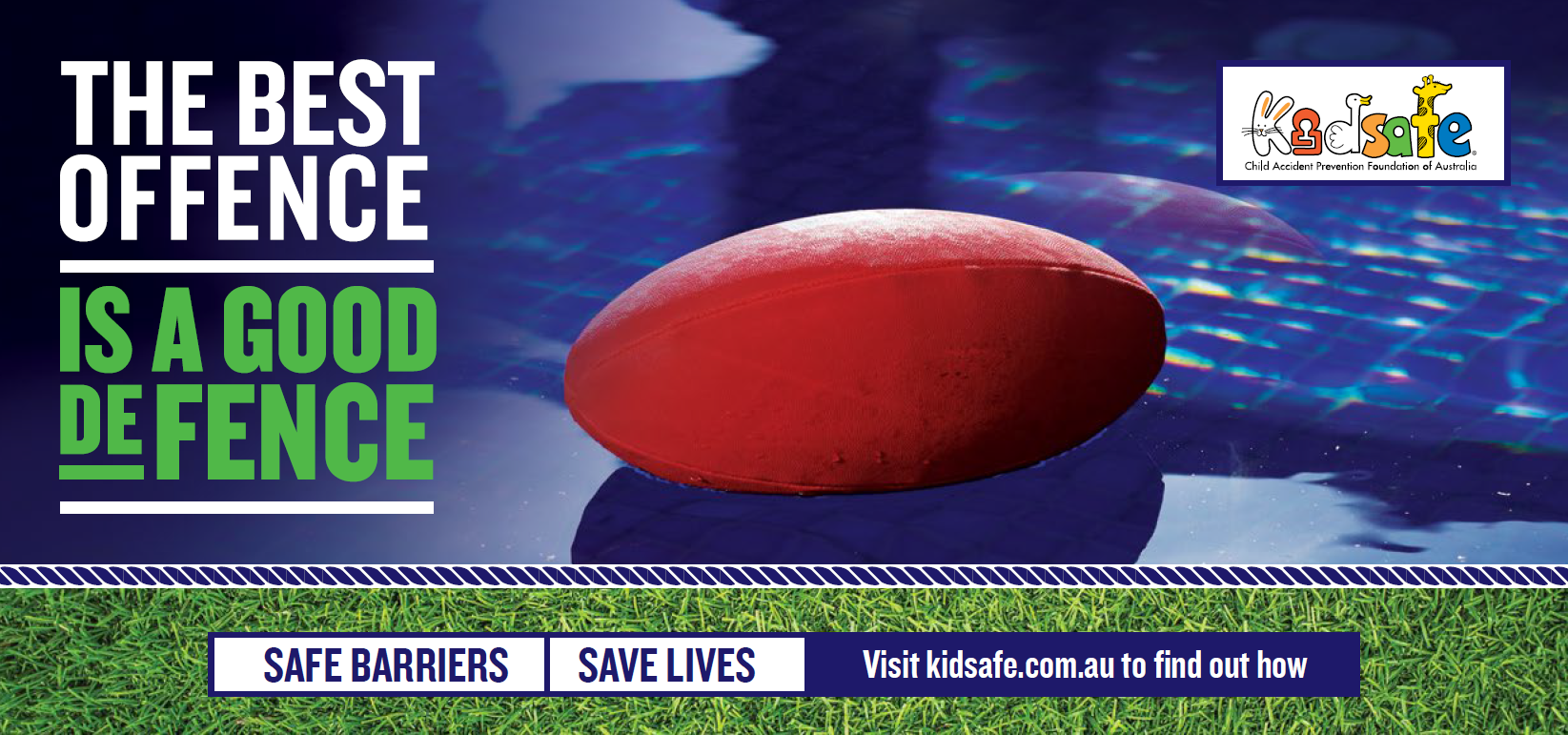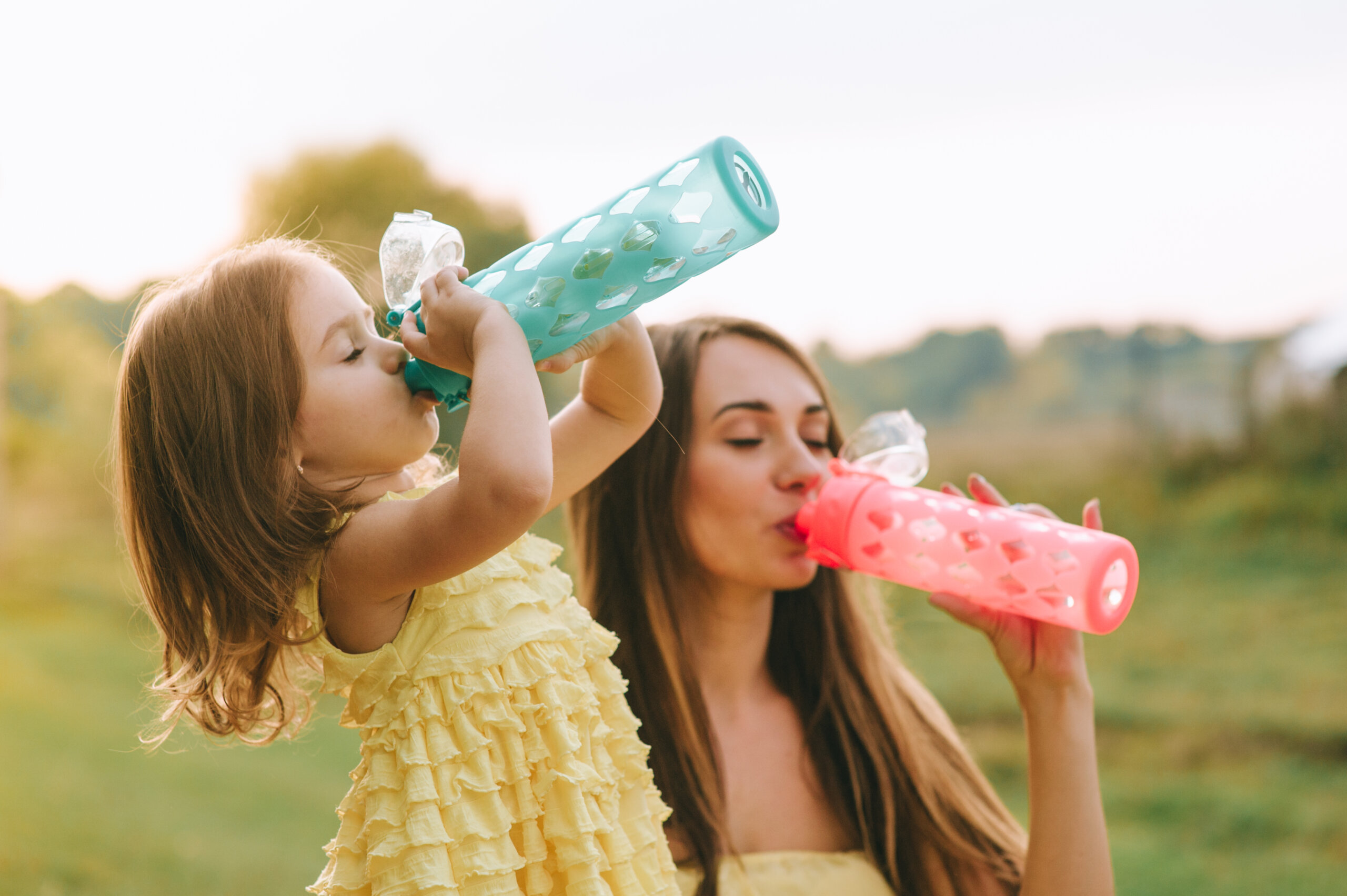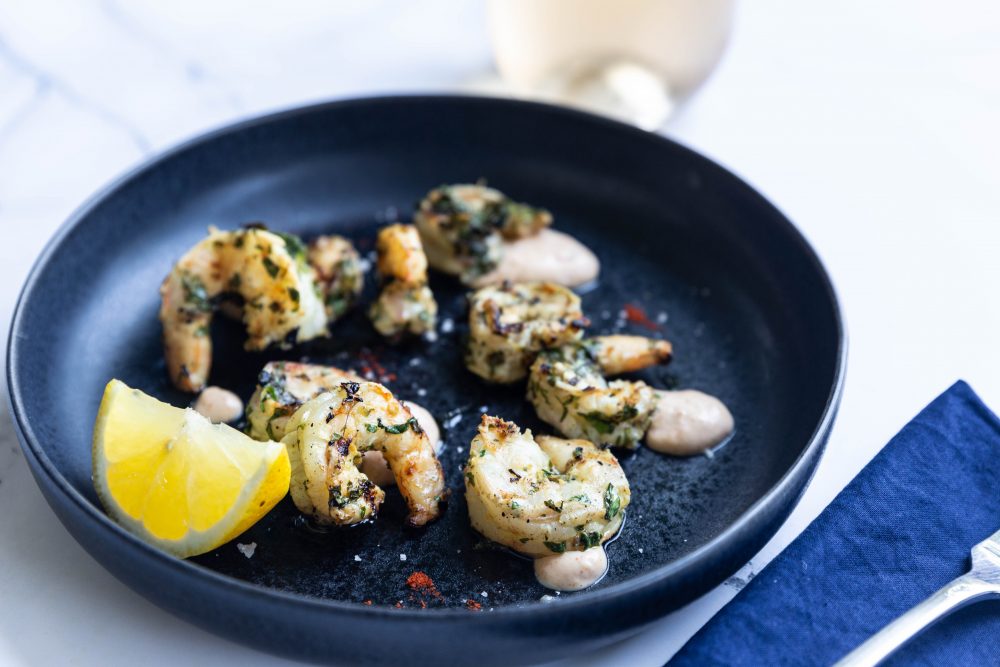Pool and Spa Owners Urged to Take Action to Reduce Toddler Drowning Deaths
Olympian Matt Welsh OAM, today joined Kidsafe Australia to help save lives over summer at the launch of the sixth annual ‘Safe Barriers Save Lives’ backyard pool safety campaign.
With the nation in the midst of football finals fever, former AFL player and coach Rodney Eade features in the campaign video to remind the public that when it comes to backyard pool safety, ‘the best offence is a good defence’. As part of the national campaign, Kidsafe is urging pool owners to check the safety of their pool barriers and set their backyard pool defence in the lead up to the warmer months.
Figures released last week in the Royal Life Saving Society of Australia’s National Drowning Report show that in 2017/18, 18 Australian children aged 0-4 years drowned, a 38% reduction on the previous financial year. The majority of these incidents (67%) occurred in swimming pools.
Despite significant reductions in toddler drowning deaths over time, drowning continues to be one of the leading causes of accidental death for Australian children under 5 years of age.
While safety barriers can be effective in reducing the risk of backyard pool drowning incidents, evidence suggests that a large number of drowning deaths are the result of barriers that are faulty, or non-compliant with Australian standards.
“Common faults or non-compliance issues include gates and doors that are no longer self-closing or latching, gates that are propped open and claimable objects near the barrier”, said campaign ambassador Matt Welsh.
As a decorated Australian swimming champion, Matt Welsh knows the benefits that learning to swim and growing up around water can provide for children. As a father or four – with a fifth child on the way – he also understands the risks that swimming pools and spas can pose if strategies aren’t put in place to help keep children safe.
“There is no better use of 15-20 minutes of your time than checking the safety of your pool barrier in preparation for the warm summer months ahead. By doing so, you could save a life”, said Mr Welsh.
While pool and spa barriers play an important role in reducing the risk of childhood drowning, Kidsafe is reminding the public that their pool defence should also include a number of other actions.
“Children drown quickly and silently. Together with a compliant pool barrier that is regularly checked and maintained, your home pool defence should also include active adult supervision of children in and around water, water awareness and first aid knowledge to keep your family safe this season” said Mr Welsh.
“This October in the lead up to the warmer months, take 15-20 minutes to check your pool barrier is in proper worker order – because Safe Barriers Save Lives.”
For further information on the campaign and to access resources including the Royal Life Saving Society of Australia’s home pool safety checklist, please visit www.kidsafe.com.au
Background information
Key messages:
- Drowning is one of the leading causes of accidental death for children under 5 in Australia, with backyard pools being the most common location for drowning incidents to occur
- 20 seconds is all it takes for a toddler to drown
- Simply having a pool/spa barrier in place isn’t enough on its own to keep children safe. A large number of swimming pool drowning incidents are a result of faulty or non-compliant pool/spa barriers
- Regular maintenance is necessary. It takes approximately 15-20 minutes to check your barrier using RLSSA’s home pool safety checklist
- Active adult supervision is the key to keeping children safe around water
- Need help: Visit kidsafe.com.au Common issues with pool barriers include:
- Gates and doors that don’t self-latch or self-close
- Climbable objects near the barrier e.g. pot plants, chairs, pool pumps near the pool barrier which could allow a child to climb over the fence
- Excess space under the fence, and;
- Misuse (e.g. propping the pool gate open)
Original Article can be seen on kidsafe.com.au
You may also like to read:
Body Safety – Empowering parents to educate their children about body safety and keeping safe.








